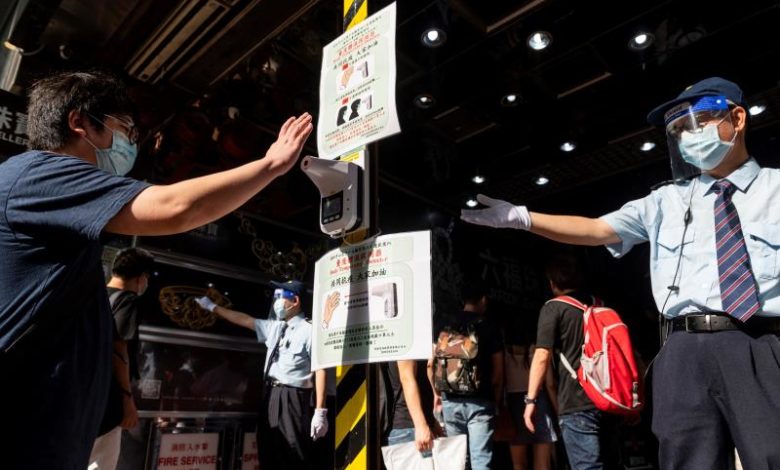

Even as we approach month six of the pandemic in the U.S., there’s still a lot we don’t know about the novel coronavirus, most notably when it comes to the idea of protective immunity. Scientists are still trying to determine whether patients who have recovered from the virus are immune to reinfection, and if so, for how long?
So far, only four people have been confirmed to have been infected with the virus twice, the latest being a young man in Nevada, marking the first case of reinfection in the U.S. In just the last week, Hong Kong reported the first case, followed by two more in Europe. This remains an extremely rare phenomenon, but it could help answer a few pressing questions, such as:
Here’s what we know so far:
Hope for Immunity?
The first confirmed case of reinfection came from Hong Kong, when researchers discovered that a 33-year-old man had been infected with two genetically different strains of the virus months apart. This proves that he didn’t suffer from one lingering strain of infection, but instead was exposed on two separate occasions. It also speaks to the virus’s ability to evolve; however, scientists see this as a positive sign.
When the man was first infected, he had mild symptoms and recovered a few days later. He then tested negative twice for COVID-19. He later tested positive again after arriving at an airport in Spain, but this time he didn’t have any symptoms.
Akiko Iwasaki, a professor of immunobiology and molecular, cellular and developmental biology at the Yale School of Medicine, commented, “This is no cause for alarm – this is a textbook example of how immunity should work. While immunity was not enough to block reinfection, it protected the person from disease.”
The same was true of the two patients in Europe. In both cases, these individuals were infected with a milder form of COVID-19, which may have protected them from serious complications.
Competing Narratives
However, a 25-year-old man in Nevada wasn’t so lucky.
This patient suffered from more severe symptoms after being infected with a genetically different strain of the virus. The study, which was recently published on the Social Science Research Network, has yet to be peer-reviewed, but the full report has been submitted to the journal The Lancet Infectious Diseases.
The young man first came down with symptoms of COVID-19 in mid-April, including nausea, diarrhea, headache, sore throat, and cough, but was able to recover within ten days. He later tested negative for the virus twice.
Several weeks later, he developed a fever and started suffering from headache, dizziness, cough, nausea, and diarrhea once more. He had trouble breathing and was soon hospitalized, where he received oxygen support. He then tested positive for a new strain of the virus.
Researchers interpret this as a limit to protective immunity. The first case of infection wasn’t able to protect the man from serious disease; however, the virus didn’t mutate beyond recognition. Scientists say it’s only natural for the virus to evolve over time.
However, they urge caution, as the data remains limited. As the authors of the study wrote, “This may represent a rare event. It is crucial to note that the frequency of such a phenomenon is not defined by a singular case study.”
They contend that patients who test positive in the U.S. and elsewhere often have varying sequences of coronavirus genes, so it’s hard to say how the virus might evolve or whether other people who have recovered from the virus may encounter a similar situation.
The authors added, “After one recovers from COVID-19, we still do not know how much immunity is built up, how long it may last, or how well antibodies play a role in protection against a reinfection.”
If patients in other parts of the world experience milder symptoms the second time around, protective immunity may be attainable after all, thus preventing future outbreaks. However, if recovered patients are even more susceptible to infection and disease, future vaccines may only be partially effective and the population will likely need to get vaccinated on a regular basis.
The coronavirus may evolve over time, but there’s no reason to panic. Scientists are closely monitoring reports of reinfection and sharing their data with the rest of the medical community, so we can make sure the eventual vaccine is as effective as possible.
When we discuss students, we always mention their qualities. Those qualities show what they are…
If you or someone you know is juggling mental health issues alongside substance abuse, understanding…
For the last couple of weeks, the Israel-Hamas conflict has taken over the news cycle.…
Our eyes are invaluable, serving as our windows to the world. The ability to see…
Undoubtedly, one of the most demanding and challenging professions is nursing. Nurses work long hours in…
Echocardiography, or echo for short, is a key diagnostic test used by cardiologists to assess…